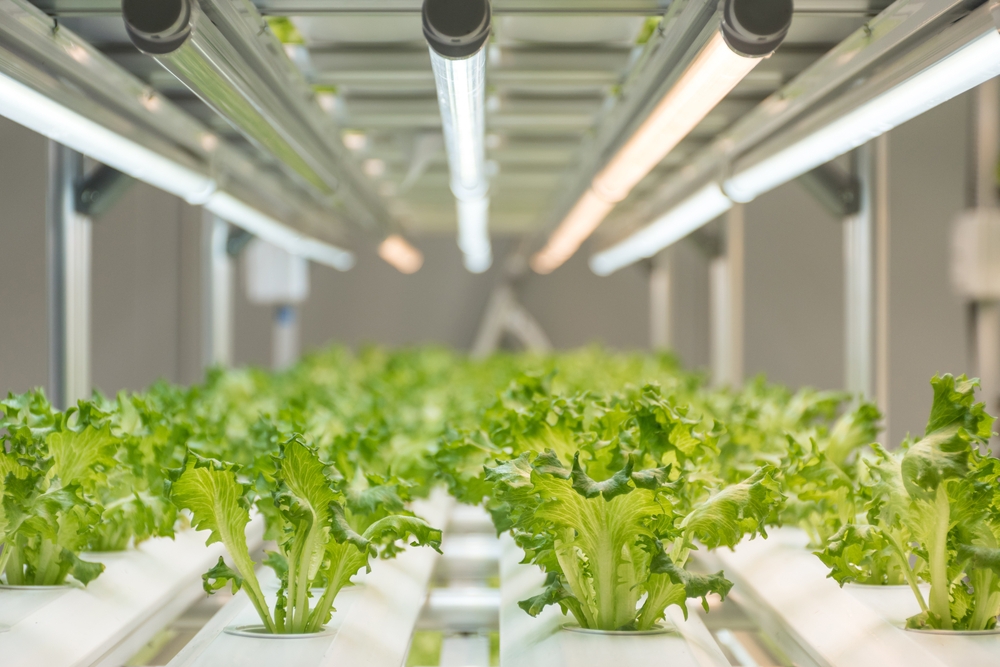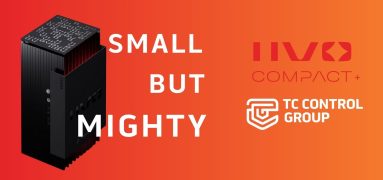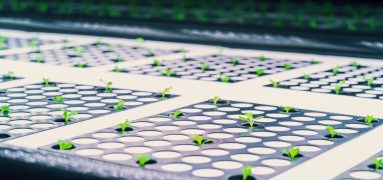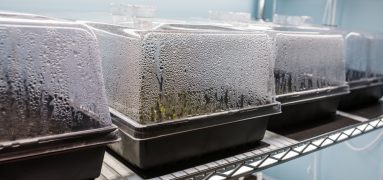Grow With Artificial Light Cycles

Using artificial light to boost natural growing
The best part about indoor growing is that you have complete control over the environment—including the lighting. Light is essential for plant growth, so you might be tempted to keep the lights on 24/7.
However, plants don't need 24 hours of light. In fact, plants have a natural circadian rhythm like you and me! They require periods of both light and dark to function. Keeping a day/night light cycle, where your crops have periods of light and dark, is the way to go.
Light cycles help plants keep track of the time of year, cueing them in on when to flower, when to produce seeds, when to metabolize certain elements, when to open and close, and how to control other biological functions.
Two of plant's most important functions, photosynthesis and respiration, rely on a light/dark light cycle.
While they are receiving light during the day, plants perform photosynthesis. During photosynthesis, they use energy from the light waves to make glucose.
However, they don't stop working when the sun sets (or when you turn the lights off). Instead of photosynthesizing, they focus on performing respiration during the dark hours of the night. Respiration is just as important as photosynthesis. When plants respire, they turn the sugar that they created during photosynthesis into energy that they can utilize to grow.
Maintaining a natural light cycle indoors ensures that your crops can keep track of their internal operations and grow to be their healthiest.
What are some other factors of lighting that indoor growers should consider when choosing how to light their facility?
Here are some essential elements of artificial lighting that you should take into account:
Light Photoperiod
- A photoperiod is the percentage of the 24 hour cycle in which plants receive light-- basically, the amount of time that they are exposed to light versus dark
- Interestingly, it’s not the length of light that is important to plant’s circadian rhythm, but the length of darkness is what cues functions such as when to flower
- When deciding how long to keep the lights on per day, consider your crop type, the season and typical hours of daylight for the time of year, and the amount of natural sunlight available (if any) in your indoor grow space.
Light Quantity/Intensity
- Light quantity (also called light intensity) is the amount of light energy that the plants receive
- More specifically, it's the total number of protons that the plants receive
- The more photons that are supplied to the plants, the more they can photosynthesize—up to a specific point before production plateaus
Light Quality
- The light quality refers to the light’s wavelength--- a.k.a., the color of light (many growers use red and blue light)
- Different wavelengths of light deliver different amounts of energy to the plants
Lighting Cost
- Figure out what the optimal lighting quantity/quality/photoperiod is for your crops and your grow to maximize your spending
- Choose the type of bulbs that make the most sense for you
Figuring out the right combination of light quantity, quality, photoperiod, and maintaining cost efficiency is crucial to any indoor growing operation.
We would love to help you navigate your lighting journey here at TC Control Group. We design lighting systems that mimic natural daylight cycles and provide the optimum spectrum of light for specific crops.
TC Control Group can design, install, and help you monitor your operation’s lighting system. Not only can we optimize your crop yield and quality, but we can also optimize your spending and energy-efficiency.
Contact our experts to learn more and get started on your perfect lighting setup.



